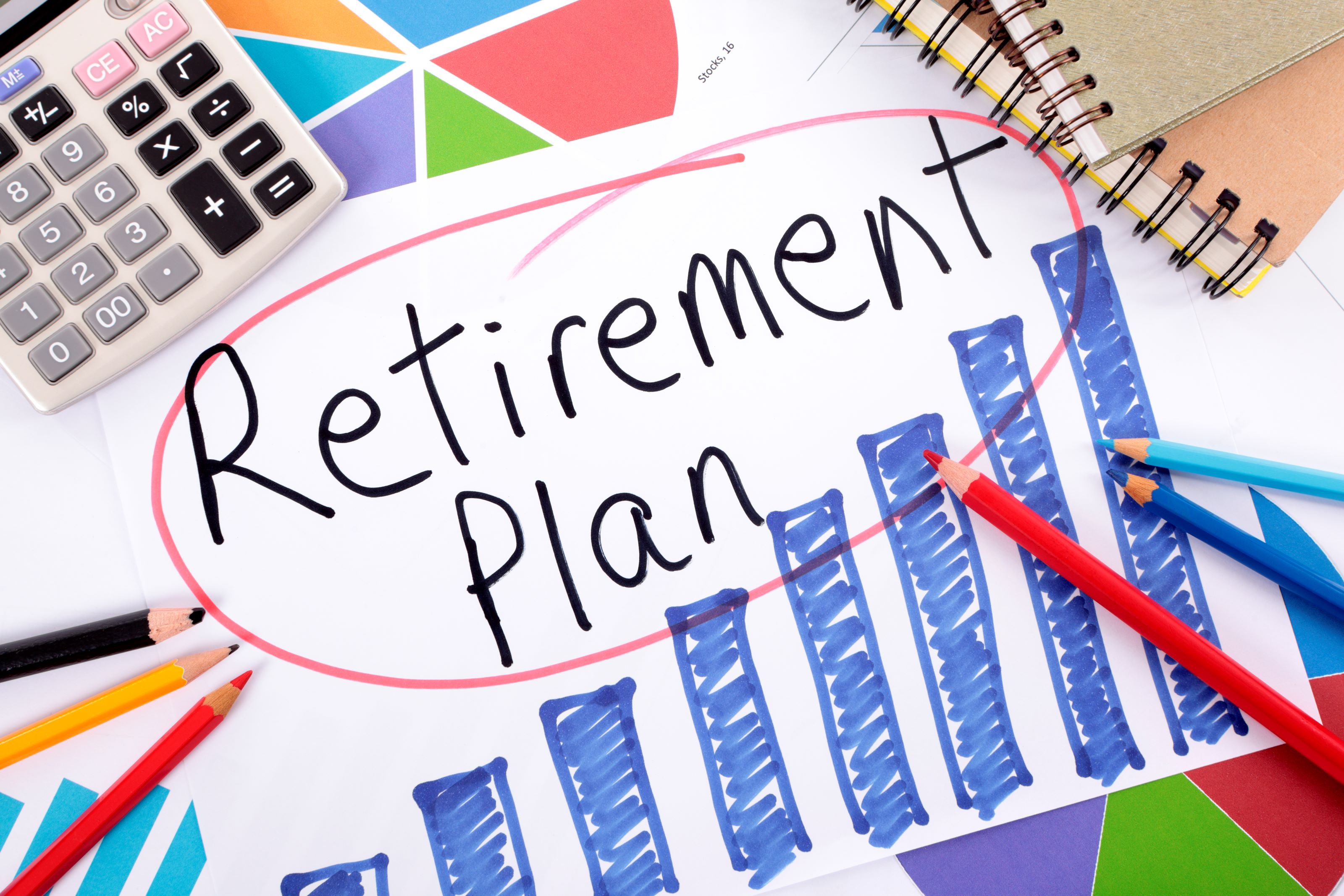States Jump into the IRA Business
New retirement savings plans are aimed at workers without access to a 401(k).

Geoffrey Sanzenbacher is a research economist at the Center for Retirement Research at Boston College.
States are starting to set up 401(k)-style retirement plans. Why? The majority of people save in a 401(k) or they don’t save at all. But only one-third of employers offer a plan, and only half of workers are covered by one. The idea of these state-sponsored plans is to overcome that hurdle.
How do the plans work? There are three broad alternatives. The first brings together private plans into a marketplace and allows small employers to pick a plan out of this portal without requiring that they do so. That’s in place in Washington State and New Jersey, and proposed in Utah and Indiana. In the second model, a state would set up an IRA managed by a private-sector provider but overseen by the state. Employers would be required to participate and to enroll employees automatically, although workers could opt out. As long as the role of employers is minimal, these plans are not covered by the federal law regulating retirement plans that employers establish voluntarily. California, Connecticut, Illinois and Oregon are all taking the auto-IRA approach. None of the plans is up and running yet. My guess is you’ll see money in them by year-end 2017. In the third approach, the state creates a prototype 401(k) in which employers can choose to enroll. Massachusetts did something like this for small nonprofits.

Sign up for Kiplinger’s Free E-Newsletters
Profit and prosper with the best of expert advice on investing, taxes, retirement, personal finance and more - straight to your e-mail.
Profit and prosper with the best of expert advice - straight to your e-mail.
Isn’t giving up federal protections in the auto-IRA a big shortcoming? Only if states don’t do due diligence to make sure people’s money is protected—and I think states are doing that. We prefer the auto-IRA because it’s required and automatic. One of the biggest barriers to retirement saving is inaction. The auto-IRA overcomes that.
Are there other objections, such as too few investment choices? Investments would be limited, but there are reasons for that. States want investments to be simple, such as low-fee index or target-date funds. Complexity can scare people off, and it’s expensive. Some people don’t like that the auto-IRA doesn’t allow an employer match. That would trigger federal regulation, and a fear of overwhelming employers.
Are there alternatives? A federal auto-IRA has been proposed, but it isn’t off the ground. People can save through federal myRa accounts, but you have to take the initiative to enroll, and the maximum balance is only $15,000. People who want a lot of investment options would most likely open their own IRA; state plans are for people who may not want to make those choices.
Get Kiplinger Today newsletter — free
Profit and prosper with the best of Kiplinger's advice on investing, taxes, retirement, personal finance and much more. Delivered daily. Enter your email in the box and click Sign Me Up.

Anne Kates Smith brings Wall Street to Main Street, with decades of experience covering investments and personal finance for real people trying to navigate fast-changing markets, preserve financial security or plan for the future. She oversees the magazine's investing coverage, authors Kiplinger’s biannual stock-market outlooks and writes the "Your Mind and Your Money" column, a take on behavioral finance and how investors can get out of their own way. Smith began her journalism career as a writer and columnist for USA Today. Prior to joining Kiplinger, she was a senior editor at U.S. News & World Report and a contributing columnist for TheStreet. Smith is a graduate of St. John's College in Annapolis, Md., the third-oldest college in America.
-
 The AI Doctor Coming to Read Your Test Results
The AI Doctor Coming to Read Your Test ResultsThe Kiplinger Letter There’s big opportunity for AI tools that analyze CAT scans, MRIs and other medical images. But there are also big challenges that human clinicians and tech companies will have to overcome.
By John Miley Published
-
 The Best Places for LGBTQ People to Retire Abroad
The Best Places for LGBTQ People to Retire AbroadLGBTQ people can safely retire abroad, but they must know a country’s laws and level of support — going beyond the usual retirement considerations.
By Drew Limsky Published
-
 457 Plan Contribution Limits for 2025
457 Plan Contribution Limits for 2025Retirement plans There are higher 457 plan contribution limits for state and local government workers in 2025. That's good news for state and local government employees
By Kathryn Pomroy Last updated
-
 Medicare Basics: 11 Things You Need to Know
Medicare Basics: 11 Things You Need to KnowMedicare There's Medicare Part A, Part B, Part D, Medigap plans, Medicare Advantage plans and so on. We sort out the confusion about signing up for Medicare — and much more.
By Catherine Siskos Last updated
-
 The Seven Worst Assets to Leave Your Kids or Grandkids
The Seven Worst Assets to Leave Your Kids or Grandkidsinheritance Leaving these assets to your loved ones may be more trouble than it’s worth. Here's how to avoid adding to their grief after you're gone.
By David Rodeck Last updated
-
 SEP IRA Contribution Limits for 2025
SEP IRA Contribution Limits for 2025SEP IRA A good option for small business owners, SEP IRAs allow individual annual contributions of as much as $69,000 in 2024 and $70,000 in 2025..
By Jackie Stewart Last updated
-
 Roth IRA Contribution Limits for 2025
Roth IRA Contribution Limits for 2025Roth IRAs Roth IRA contribution limits have gone up. Here's what you need to know.
By Jackie Stewart Last updated
-
 SIMPLE IRA Contribution Limits for 2025
SIMPLE IRA Contribution Limits for 2025simple IRA The SIMPLE IRA contribution limit increased by $500 for 2025. Workers at small businesses can contribute up to $16,500 or $20,000 if 50 or over and $21,750 if 60-63.
By Jackie Stewart Last updated
-
 457 Contribution Limits for 2024
457 Contribution Limits for 2024retirement plans State and local government workers can contribute more to their 457 plans in 2024 than in 2023.
By Jackie Stewart Published
-
 Roth 401(k) Contribution Limits for 2025
Roth 401(k) Contribution Limits for 2025retirement plans The Roth 401(k) contribution limit for 2025 increased, and workers who are 50 and older can save even more.
By Jackie Stewart Last updated